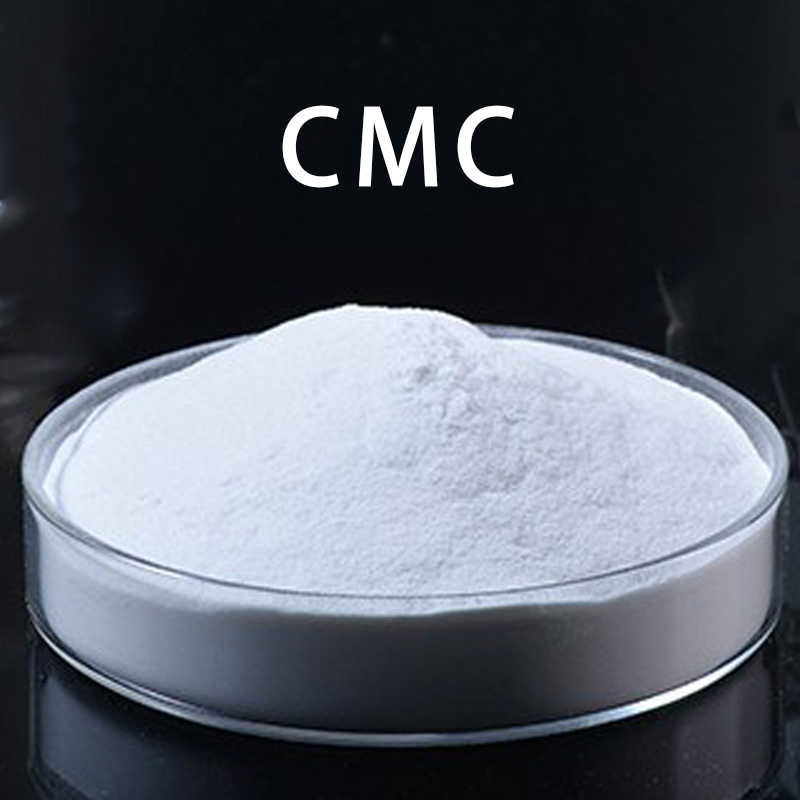Sodium carboxymethyl cellulose (CMC) is a widely used cellulose derivative with diverse applications in various industries. The purity of CMC plays a crucial role in determining its effectiveness and performance in different applications. This paper aims to provide an overview of various methods used to judge the purity of sodium carboxymethyl cellulose. Analytical techniques such as degree of substitution (DS) analysis, viscosity testing, elemental analysis, moisture content determination, and impurity analysis are discussed in detail. By employing these methods, manufacturers, researchers, and users can assess the quality and reliability of CMC products, enabling them to make informed decisions based on the desired purity levels.
Sodium carboxymethyl cellulose (CMC) is a cellulose derivative obtained through the chemical modification of cellulose, primarily derived from wood pulp or cotton. CMC finds extensive applications in industries such as food, pharmaceuticals, cosmetics, textiles, and oil drilling due to its unique properties. However, the purity of CMC significantly influences its performance and suitability for specific applications. Therefore, various analytical methods have been developed to judge the purity of CMC accurately.
Degree of Substitution (DS) Analysis:
The degree of substitution is a critical parameter used to assess the purity of CMC. It represents the average number of carboxymethyl groups per cellulose unit in the CMC molecule. Techniques such as nuclear magnetic resonance (NMR) spectroscopy and titration methods can be employed to determine the DS value. Higher DS values generally indicate higher purity. Comparing the DS value of a CMC sample with industry standards or manufacturer specifications allows for an evaluation of its purity.
Viscosity Testing:
Viscosity measurement is another important approach to assess the purity of CMC. Viscosity is closely related to the thickening and stabilizing properties of CMC. Different grades of CMC have specified viscosity ranges, and deviations from these ranges may indicate impurities or variations in the manufacturing process. Viscometers or rheometers are commonly used to measure the viscosity of CMC solutions, and the obtained values can be compared with the specified viscosity range to judge the purity of CMC.
Elemental Analysis:
Elemental analysis provides valuable information about the elemental composition of CMC, aiding in the identification of impurities or contamination. Techniques such as inductively coupled plasma optical emission spectrometry (ICP-OES) or energy-dispersive X-ray spectroscopy (EDS) can be employed to determine the elemental composition of CMC samples. Any significant deviations from expected elemental ratios may indicate impurities or foreign substances, suggesting a potential compromise in purity.
Moisture Content Determination:
The moisture content of CMC is an important parameter to consider when assessing its purity. Excessive moisture can lead to clumping, reduced solubility, and compromised performance. Techniques such as Karl Fischer titration or thermogravimetric analysis (TGA) can be employed to determine the moisture content of CMC samples. Comparing the measured moisture content with specified limits enables the judgement of the purity and quality of the CMC product.
Impurity Analysis:
Impurity analysis involves examining the presence of contaminants, residual chemicals, or undesired by-products in CMC. Techniques such as high-performance liquid chromatography (HPLC) or gas chromatography-mass spectrometry (GC-MS) can be utilized to identify and quantify impurities. By comparing the impurity profiles of CMC samples with acceptable limits or industry standards, the purity of CMC can be assessed.
Accurately judging the purity of sodium carboxymethyl cellulose (CMC) is essential for ensuring its effectiveness and reliability in various applications. Analytical methods such as degree of substitution analysis, viscosity testing, elemental analysis, moisture content determination, and impurity analysis provide valuable insights into the purity of CMC. Manufacturers, researchers, and users can utilize these methods to make informed decisions and select high-quality CMC products that meet their specific requirements. Further advancements in analytical techniques will continue to enhance our ability to evaluate and ensure the purity of CMC in the future.


